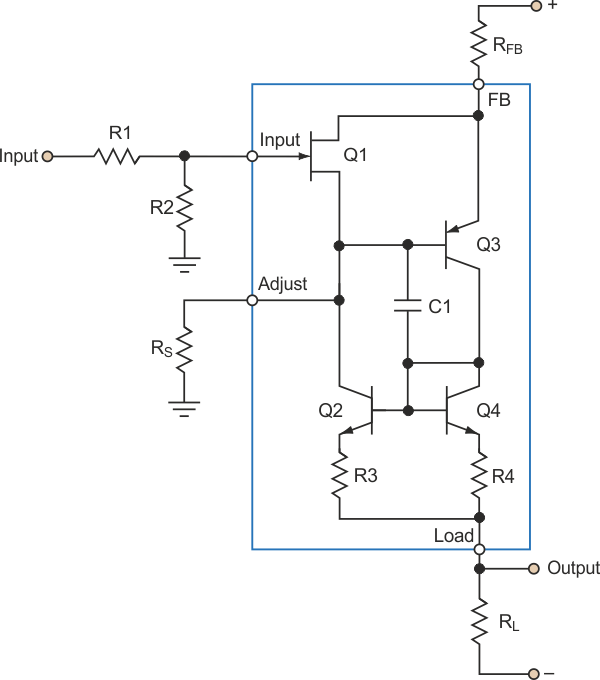
In this situation, the optocoupler is used as a solid-state relay to replace an electromechanical relay. Some are optimized for digital (on/off) signals, where the input of the phototransistor is used to fully allow or block current flow. Q: Can optoisolator be used for analog and digital signals?Ī: Yes, absolutely. Each has virtues and drawbacks (not discussed here), but the optical-based solution is among the most widely used. Q: Are there alternatives to the optocoupler?Ī: Yes, there are other techniques for achieving galvanic isolation: magnetic using transformers or coupled coils (can be used for DC and low-frequency by modulating of a higher-frequency carrier), capacitive using IC-fabricated parallel places, and even RF. Part 2 of this FAQ will look at some in more detail. These are just a few of the many situations which either benefit from - or mandate - electrical isolation. where a power regulator must have primary side-secondary side isolation (provided by a power transformer) but the primary side also needs feedback from the output to control the regulation function, and this feedback signal must be isolated to maintain overall regulator isolation when there is a common-code voltage or noise between two subcircuits which must be negated or canceled so only the desired differential signal remains when subcircuits have different ground potential when a system must measure the voltage across an individual battery in a series-connected string of batteries even in low-voltage circuits such as cars, they ensure that a failure in one circuit function does not “ripple” into other others and cause additional failures
#INPUT TO OUTPUT VOLTAGE RELATIONSHIP IN OPTICAL ISOLATOR PC#
when safety and possible failure modes dictate that a high-voltage circuit and a lower-voltage one must be separated, for user and system as well as electrical interface issues, Figure 3 Fig 3: Isolation is often needed in otherwise routine applications, as in case of electrical failure in a component or cabling here, isolation prevents higher voltages in the AC-powered non-medical device, such as a PC display, from reaching the medical equipment and the patient. one side of the circuit s grounded, but the other side is not (“floating”), as when driving the upper MOSFET in an H-bridge drive topology The information carried by the input-side electrical signal becomes an output-side electrical signal, but without any interposed electrical path.Ī: There are many situations where two parts of a system or circuit must be electrically isolated.

Q: What is the consequence of this coupling using an optical path?Ī: The result is that there is no galvanic (ohmic) path between input and output. As the LED current increases, the phototransistor conducts more current, until it is fully on (saturated) and it conducts maximum current with only a small voltage drop across its output. Thus the phototransistor is “off” and no current (except for a little leakage current) flows from its collector to emitter. When the current is zero or close to it, the LED is producing no or few photons. (Image source: Wikipedia)Ī: As more current is pumped into the LED, the LED’s output increases. Fig 2: The optocoupler is not a monolithic device although it looks like and is packaged as one instead, the phototransistor (red) is placed above or adjacent to the phototransistor (green) with a interposed optical path which provide both a conduit for the photons as well as input/output physical separation. The package is typically just a few mm on each side, somewhat like a 4-pin DIP IC. The LED can be positioned above the phototransistor or adjacent to it, Figure 2. Thus, the coupling between input LED and output phototransistor is optical, not electrical. Fig 1: The functional schematic of the optocoupler is simple: a current-driven input-side LED (with anode and cathode) supplies IR photons to a phototransistor, which is driven from cutoff to conduction as the impinging photon intensity increases (Image source: BrainKart, LLC)

(A special optical conduit is built into the optocoupler between the light emitting LED and the phototransistor receiver). Two of the terminals connect to, and drive, an infrared (IR) LED, while the other two are the output of a phototransistor (housed in the same package) which senses the light given off by the LED. Q: In simplest terms, what is an optocoupler?Ī: It is an electro-optical component (usually with just four terminals) and a conceptually simple operating principle, Figure 1. This FAQ will look at its operation principles, key parameters, and applications of this widely used component. This small non-monolithic device does one thing and does it well, with minimal complications in most cases and no software.


The optocoupler - also called an optoisolator - is among the most useful, versatile, problem-solving components available to the design engineer.


 0 kommentar(er)
0 kommentar(er)
